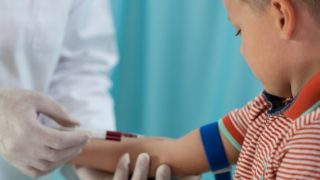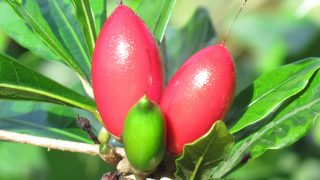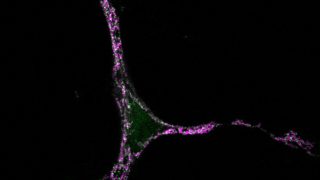
Plasticity in the macrophage activation states
The immune system is composed of a considerable variety of cell types with different functions. One of the most important cells involved in the innate immunity are the macrophages . These cells have a wide spectrum of functions: from bacteria-killing function to wound healing properties. Classically the macrophages according to their functions have been classified […]








